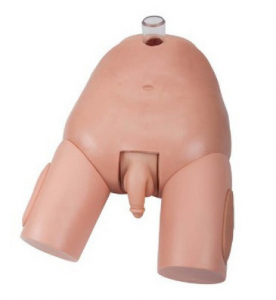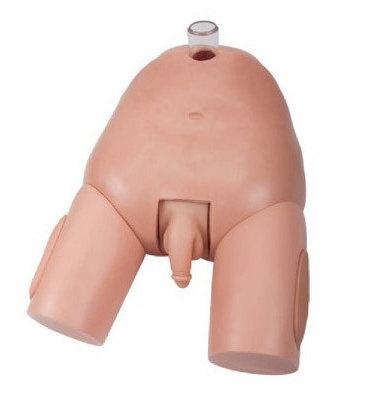ADA MED SUPPLY LIMITED
Phone:+86 19937901373
Tel:+86-0379-65160607
Email:adaanatomy@adaanatomy.com

Article tag: Bladder puncture model nursing puncture model

Bladder puncture is a vital skill in medical education and clinical practice. However, due to the complexity of human anatomy and the potential risks of actual operation, beginners and healthcare workers often face challenges. As a teaching and practical tool, the bladder puncture model is designed to help users transition smoothly from theoretical learning to practical operation, but can this tool really help users achieve "one stitch in place"?

First, the bladder puncture model is designed and manufactured to accurately simulate the anatomy of the real human body. This means that the bladder, urethra, blood vessels and other related tissues on the model are very similar to the real human body. This highly simulated design allows users to feel similar touch and feedback to the real human body when operating the model.
Second, the bladder puncture model also provides clear visual guidance. Many models are equipped with clear markings and guidelines to help users accurately find the puncture point. This is especially important for beginners, who often have difficulty locating the puncture point accurately in their first practice.
However, can "one stitch in place" be achieved by relying solely on the bladder puncture model? The answer is clearly no. While the model can provide valuable hands-on opportunities and feedback, it is not a complete substitute for real human manipulation. In practice, patients' situations are often more complex and variable, requiring a wealth of experience and skills from healthcare workers.
Therefore, the bladder puncture model should be considered as an adjunct, not a substitute. When training with models, healthcare workers should focus on combining theoretical knowledge with practical operation. They should carefully study the structure and function of the model, and constantly draw lessons in practice. Only in this way can they be more confident in dealing with various challenges in real operations.
In addition, healthcare workers should also be aware that each patient's situation is unique. Therefore, when performing bladder piercings, they should be personalized according to the patient's specific situation. This includes taking into account factors such as the patient's age, gender, condition, and anatomy.
In summary, the bladder puncture model is a very useful teaching and practical tool that can help healthcare workers transition from theoretical learning to practical operation. However, it is not a complete substitute for real human manipulation. Therefore, when training with models, healthcare workers should focus on combining theoretical knowledge with practical operation, and constantly improve their skills and experience levels.